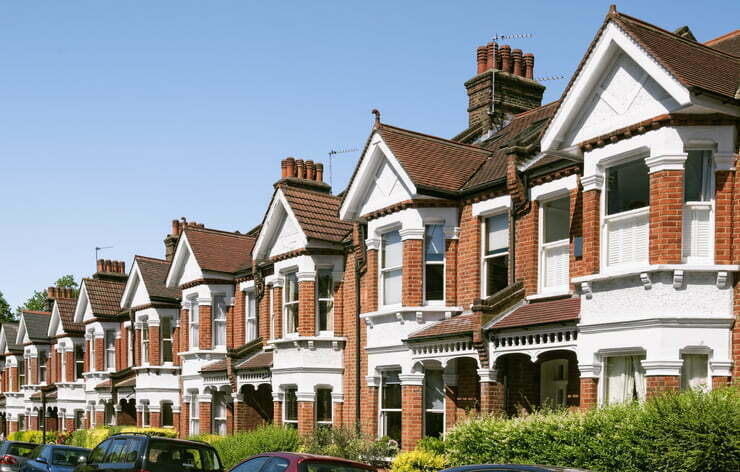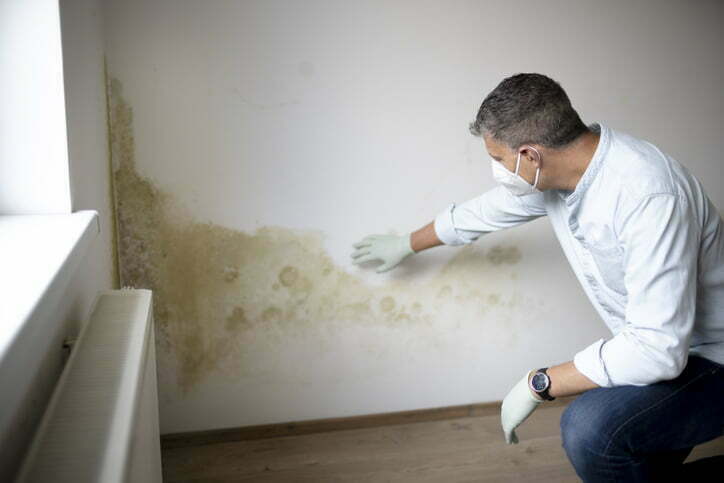Tapco HomeDry Dry Rot Treatment Owslebury
We are long term members of Trust Mark and a member of the BWA. CHAS accredited contractor. In addition, all of our surveyors are trained to the high standards of the PCA (Property Care Association).



Dry Rot Specialist In Owslebury
Concerned about dry rot in Owslebury? If you’re a homeowner or a business owner and you’re concerned you might have dry rot in your property, get in touch with Tapco Homedry today. We are the local experts in dry rot treatment, offering services to residents in and around Owslebury.
The difference between wet rot and dry rot
Dry rot and wet rot are caused by two different types of fungus and they would typically appear in very different conditions. If you have one, it’s unlikely that you have the other. This is because dry rot needs moisture levels of around 20% to thrive while wet rot needs much higher levels of moisture, usually around 50%. Both can cause damage to your property if left untreated, so it’s important to act quickly, even if you don’t know what fungus is to blame.
What is dry rot?
Dry rot is a kind of fungus that can affect wood throughout your home. The fungus is typically found on the forest floor where it thrives on fallen trees and helps to make space for new growth. However, given the right conditions, this fungus can also thrive on the wood in your home, including joists, floorboards and door frames.
As the fungus spreads its spores, these secrete enzymes that digest the wood, leaving it dried out and brittle. This is where the name comes from; not because it thrives on dry wood, but because it leaves wood dry when it is finished. Dry rot spreads easily once it takes hold and has been known to work its way through masonry to find suitable material.
The wood left behind by dry rot is brittle and darkened. It will crumble easily between your fingers and this means you could face structural issues in your home. If it affects floorboards, you could face collapsed flooring. In joists, it could lead to structural problems with your property.
We commonly see dry rot in older homes that have been built with untreated timber. It can affect the timber frames, plus things like flooring and doors. It can also be found in newer properties where the conditions are right for dry rot to thrive.
Signs of dry rot in your home
The first sign of a dry rot problem is usually a damp or musty odour. As mentioned above, dry rot needs moisture levels of around 20% to thrive, so the presence of dry rot implies a damp problem somewhere in your home.
Next, you might notice a furry white growth on wooden structures in your home. These are commonly hidden from sight and you may need to lift up floorboards to expose the fungus. At the later stages, the furry white growth will turn into a rusty orange bloom that spreads out and scatters the rusty spores on other surfaces. Wood damaged by dry rot will be dark and brittle with telltale cuboidal cracks. This causes the wood to break off in small cube shapes.

Dry rot experts in Owslebury
If you’re worried about dry rot damaging your home, get in touch with Tapco Homedry today. We can help put your mind at ease and address your dry rot problem promptly. We use the latest tools and methods to identify the cause of your damp wood problem and then put things right.
How is dry rot treated?
To treat dry rot, we first need to address the damp problem. We would then treat the wood with a fungicide that will kill the spores and stop it from spreading further. Next, we would need to carry out remedial work, which would include replacing damaged wood with pre-treated timber.


 Damp Proofing
Damp Proofing Basement Damp Proofing
Basement Damp Proofing Water Damage
Water Damage Condensation Control
Condensation Control Dry Rot Treatment
Dry Rot Treatment WOODWORM & WET ROT
WOODWORM & WET ROT CAVITY Wall Ties
CAVITY Wall Ties Property Maintenance
Property Maintenance Waterproofing And Tanking
Waterproofing And Tanking Structural Repairs
Structural Repairs
